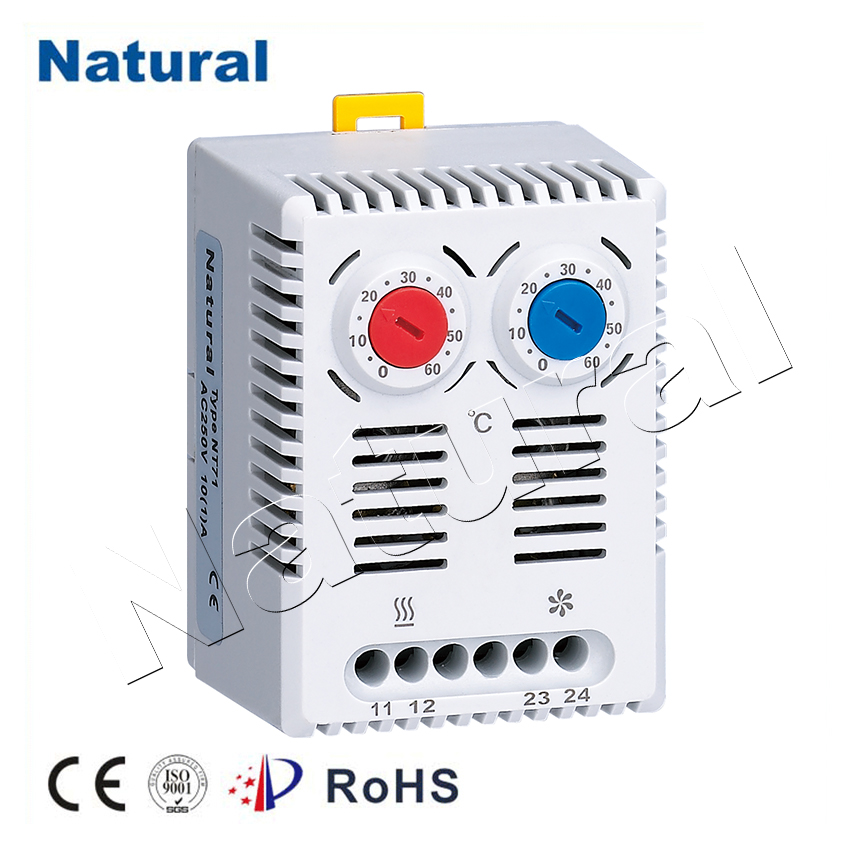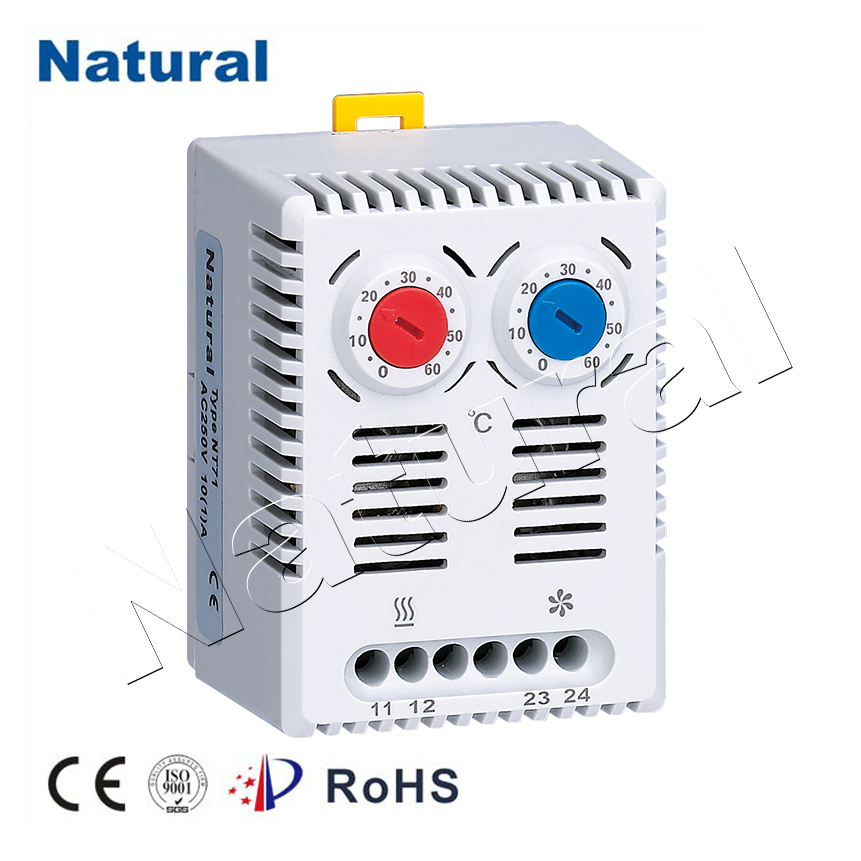In today’s energy-conscious world, the efficiency of heating and cooling systems is more important than ever. One innovation that has gained popularity is the dual thermostat system. Unlike traditional single-zone thermostats that control temperature in only one area of a home or building, dual thermostats enable more precise temperature regulation across different zones. This article explores the concept of dual thermostats, their benefits, and how they contribute to energy efficiency and comfort.

What is a Dual Thermostat?

A dual thermostat system consists of two separate thermostats designed to control different zones of a heating or cooling system independently. These systems can be utilized in various settings, including residential homes, commercial buildings, and industrial environments. The main purpose of a dual thermostat is to enhance comfort by allowing for different temperature settings in various zones, catering to the specific needs of each area. For instance, in a two-story home, the upper floor may receive more sunlight and, therefore, become warmer than the lower floor. A dual thermostat system can be programmed to keep the upper floor cooler while maintaining a comfortable temperature on the lower level. This capability not only enhances comfort but also leads to more efficient energy usage, as it prevents overworking the heating and cooling systems.
